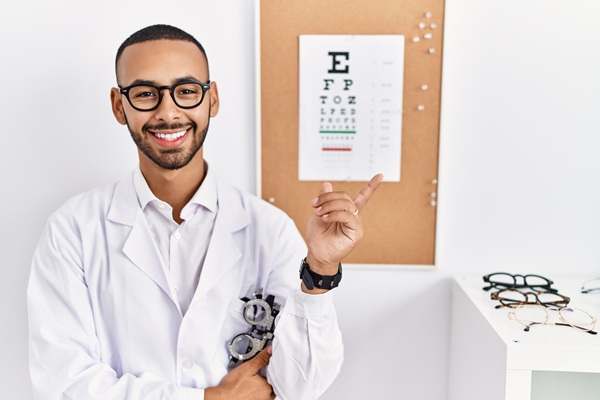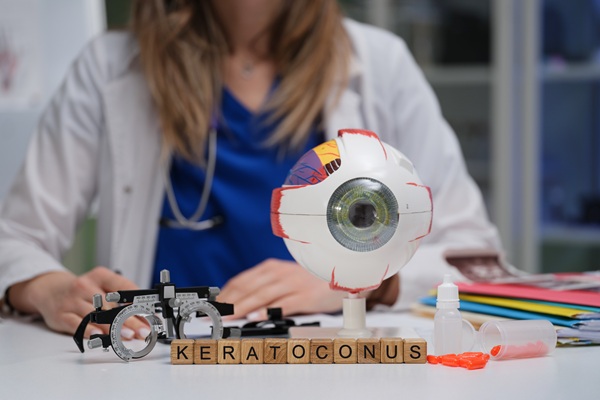Beyond Vision Problems: What Else Can a Routine Eye Exam Detect?

A comprehensive eye exam does more than assess vision; it can also reveal early signs of various health conditions. Many systemic diseases affect the eyes before other symptoms appear, making regular exams essential to overall health care. Optometrists use advanced diagnostic techniques to detect conditions beyond vision problems, allowing for early intervention and treatment.
The importance of routine eye exams for all ages
Routine eye exams are essential for individuals of all ages, from children to older adults. In children, exams can identify vision problems that may impact learning and development, such as nearsightedness, farsightedness, or lazy eye. For adults, regular screenings help monitor changes in eye health and detect conditions linked to aging, such as glaucoma or macular degeneration. Since many eye and systemic diseases progress without noticeable symptoms, preventive care through comprehensive eye exams is crucial in preserving vision and overall well-being. Prioritizing routine visits ensures long-term eye health and early intervention when needed.
Early detection of eye diseases
One of the primary benefits of a routine eye exam is the ability to detect eye diseases in their early stages. Many conditions develop without noticeable symptoms but can lead to permanent vision loss if left untreated. These include:
Glaucoma. Increased intraocular pressure can damage the optic nerve, leading to gradual vision loss.
Macular Degeneration. A leading cause of blindness, affecting central vision and making tasks like reading difficult.
Diabetic Retinopathy. A complication of diabetes that damages retinal blood vessels, potentially causing vision impairment.
Cataracts. Clouding of the eye’s lens, which can blur vision and worsen over time.
Early diagnosis through an eye exam allows for timely treatment, reducing the risk of serious complications.
Signs of systemic health conditions
The eyes provide a clear view of overall health, making them an important indicator of systemic conditions. An eye exam can detect:
Diabetes. Changes in the retina's blood vessels may signal undiagnosed or uncontrolled diabetes.
High Blood Pressure. Damage to the small blood vessels in the eye can indicate hypertension, increasing the risk of heart disease and stroke.
Autoimmune Disorders. Conditions like lupus or rheumatoid arthritis may cause eye inflammation, leading to discomfort and vision changes.
Brain and Neurological Disorders. Issues with eye movement, optic nerve swelling, or visual field loss can suggest conditions like multiple sclerosis or brain tumors.
Identifying subtle vision problems
A routine eye exam can also uncover vision issues that go unnoticed daily. These include digital eye strain, or prolonged screen use can lead to dry eyes, headaches, and blurred vision; binocular vision problems, or difficulty coordinating eye movements can result in double vision or trouble focusing; and lastly, color vision deficiencies (some individuals may not realize they have color blindness until tested).
Detecting these issues early allows optometrists to recommend appropriate corrective measures or treatments.
Prioritize your eye health
Regular eye exams play a crucial role in maintaining both vision and general health. Detecting conditions early allows for timely intervention, preserving eyesight and preventing complications related to systemic diseases. Scheduling routine exams ensures comprehensive care and long-term wellness. For more information, schedule a consultation at Bright Eyes Optometry.
To schedule a consultation, request an appointment on our website at https://brighteyesny.com or call Bright Eyes Optometry at (914) 730-9574 for an appointment in our New Rochelle office.
Check out what others are saying about our services on Yelp: Eye Exam in New Rochelle, NY.
Recent Posts
Dry eye may start with mild irritation, but over time, it can begin to interfere with focus, comfort, and even quality of life. An optometrist can help when this condition becomes more than just a temporary annoyance. There are many potential causes of dry eye, including hormonal changes and seasonal allergies. With tools that reveal…
Keratoconus treatment delivers the best results when symptoms emerge early and an optometrist confirms the diagnosis. Keratoconus thins the cornea and alters its curve, causing blur, ghosting, and light sensitivity. Early care slows progression and restores functional vision. An optometrist uses specialized imaging and targeted therapies to stabilize the cornea and improve clarity. Knowing when…
Emergency eye care is essential for preserving vision and preventing long-term damage when unexpected injuries or symptoms occur. As an optometrist, providing immediate attention to urgent eye conditions can significantly impact patient outcomes. Understanding when to seek emergency treatment and what steps to take can help safeguard ocular health.Certain symptoms and injuries require immediate professional…
To keep contact lenses convenient and effective, it is important to take proper care of them, especially in the summer. Increased heat, outdoor activities, and exposure to water can all impact comfort and eye health. Following a few do’s and don’ts makes it possible to enjoy clear vision and protect the eyes all summer long.Summer…


